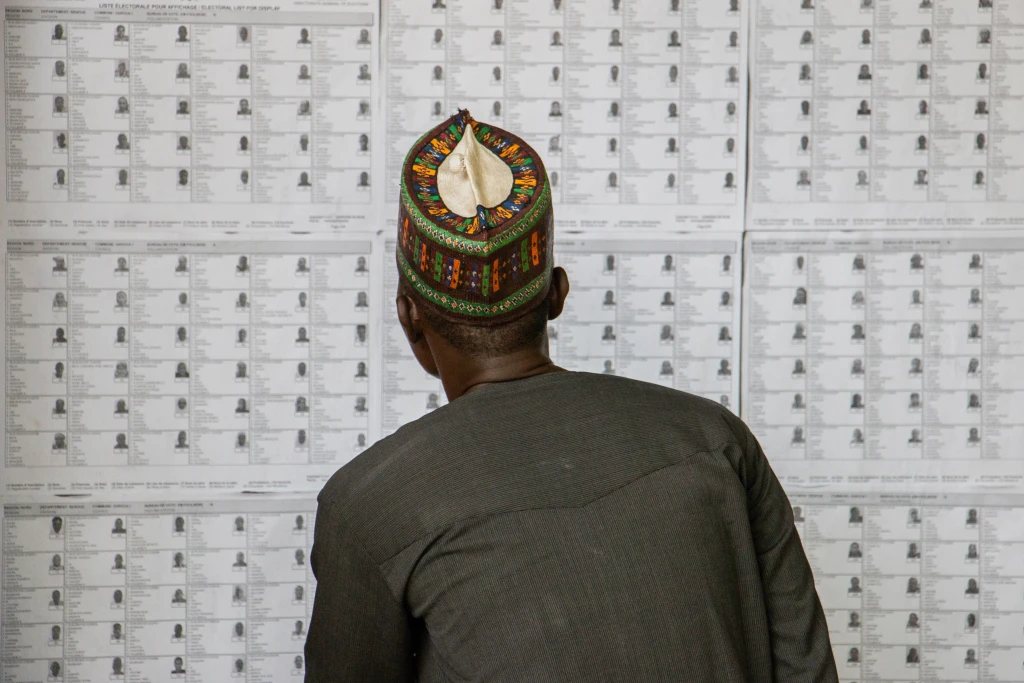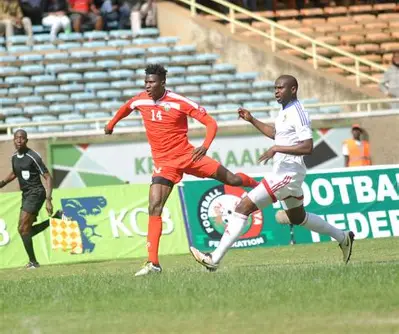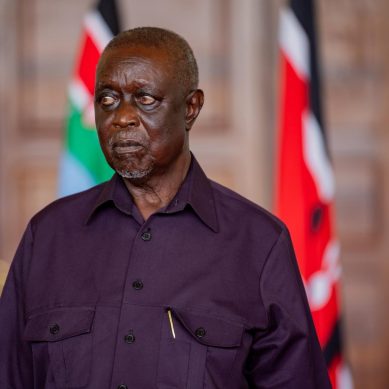
As one of the three earliest trained Ugandan conservation biologists at the University of Nairobi – the first university in the whole world to produce such professionals (the other pioneer conservation biologists, apart from my, were Dr Sumba and Professor Kambe) – I have the duty, responsibility and obligation to say what I perceive to be a very uncertain future of wildlife in Uganda.
When I say wildlife, I mean life which has not been interfered with by biotechnological engineering and remains in its natural state inherited from time immemorial. It includes flora (plants) and fauna (animals). Some of the plants and animals are so microscopic that they cannot be seen with the naked eye.
Whatever the case, their numbers have been dwindling mainly due to the actions of Man, Homo sapiens – sometimes in ignorance, many times intentionally, as this human species seeks to conquer nature to satisfy its acquisitive and consumptive habits.
There is no doubt that what we call wildlife today is a miniature of the wildlife that we used to have and interact with, say 100 years ago. Uganda got its label “The Pearl of Africa”, not only because of her luxurious natural forests, big game (lions, leopards, elephants, cheeters and buffaloes, etc) and the numerous small and medium-sized animals of diverse taxonomic complexity, including fish, amphibians, reptiles and birds. One time Busoga had numerous pythons, which are no more.
The Pearl of Africa also boasted of numerous fresh water lakes and rivers, unpolluted the rivers characterised by spectacular waterfalls such as Owen Falls, Bujagali Falls, Rippon Falls, Isimba Falls and Karuma Falls. Most of thse falls were removed from the face of the earth during the reign of Uganda’s longest ruling military leader – Yoweri Tibuhaburwa Museveni –in pursuit of hydropower.
While non-ecologists and non-environmentalists characterised the removal as “development”, ecologists and environmentalists characterised the removal as “destructive development”. Destructive development is development which first destroys the resource or the landscape and then replaces or overlays it with the desired development.
In most cases it is extremely difficult to recover the destroyed natural resource or landscape in case the imposed development become derelict.
This article seeks to answer the question “What is the future of wildlife in Uganda?” For me who was growing up in Busoga in the 1950s the future is today. The environment and ecology I grew up in then is drastically different from what I see today – my future. Many ecologies and environments – and the wildlife that survived in them – and used to characterise Busoga are no more. Or else only vestiges of them remain. The same seems to be the case inmost parts of Uganda, except where natural forests still exist in Western Uganda.
In the 1950s and in the years before, Busoga was one of the most forested parts of what came to be called Uganda. In fact, the Busoga Basin, with its numerous swamps, was the dry season feeding area. Animals from as far as southern Sudan and the Democratic Republic of Congo (then called Belgian Congo because its colonial power was the Kingdom of Belgium) would congregate in the very liveable environment of Busoga as if they were on holiday. They moved in a grazing chain very much like what typifies the animals that ritually move between Masai Mara Game Reserve in Kenya and Serengeti National Park in Tanzania.
I was lucky to see the spectacle in Tanzania when I was a research zoologist with the Tanzania National Parks in the late 1970s and a student of the conservation biology at the University of Nairobi, Kenya, from 1980 to 1982.
If what I see in Busoga to day – destructive development – continues in the future I will not be part of – the future of wildlife in Busoga and Uganda is in total jeopardy. Whatever is being to conserve the environment will have no serious positive impact. Wildlife will continue to disappear and climate change will hit harder within the next 100 years.
For God and my country.
- A Tell report / By Oweyegha-Afunaduula / Environmental Historian and Conservationist Centre for Critical Thinking and Alternative Analysis (CCTAA), Seeta, Mukono, Uganda.
About the Centre for Critical Thinking and Alternative Analysis (CCTAA)
The CCTAA was innovated by Hyuha Mukwanason, Oweyegha-Afunaduula and Mahir Balunywa in 2019 to the rising decline in the capacity of graduates in Uganda and beyond to engage in critical thinking and reason coherently besides excellence in academics and academic production. The three scholars were convinced that after academic achievement the world outside the ivory tower needed graduates that can think critically and reason coherently towards making society and the environment better for human gratification. They reasoned between themselves and reached the conclusion that disciplinary education did not only narrow the thinking and reasoning of those exposed to it but restricted the opportunity to excel in critical thinking and reasoning, which are the ultimate aim of education. They were dismayed by the truism that the products of disciplinary education find it difficult to tick outside the boundaries of their disciplines; that when they provide solutions to problems that do not recognise the artificial boundaries between knowledges, their solutions become the new problems. They decided that the answer was a new and different medium of learning and innovating, which they characterised as “The Centre for Critical Thinking and Alternative Analysis” (CCTAA).







